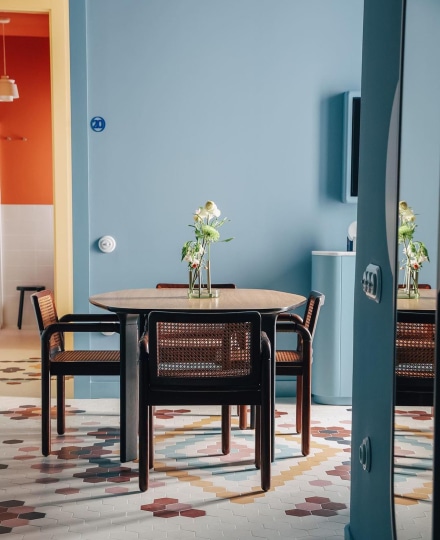At Fontini, we believe in the value of craftsmanship and in the power of details.
Here you’ll find answers to the most common questions about our pieces — their installation, maintenance, sales conditions, and other key aspects.
A space designed to guide you every step of the way. And if you don’t find what you’re looking for, we’re here to help.
